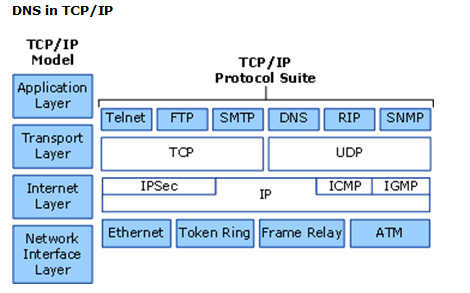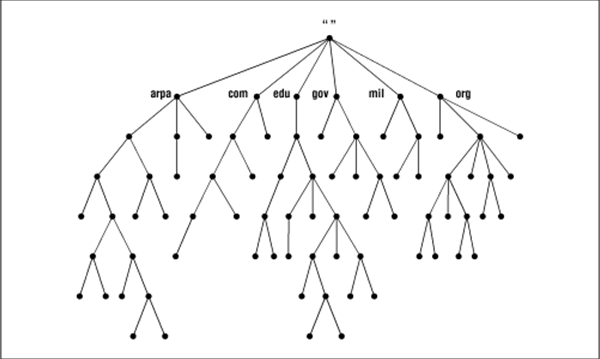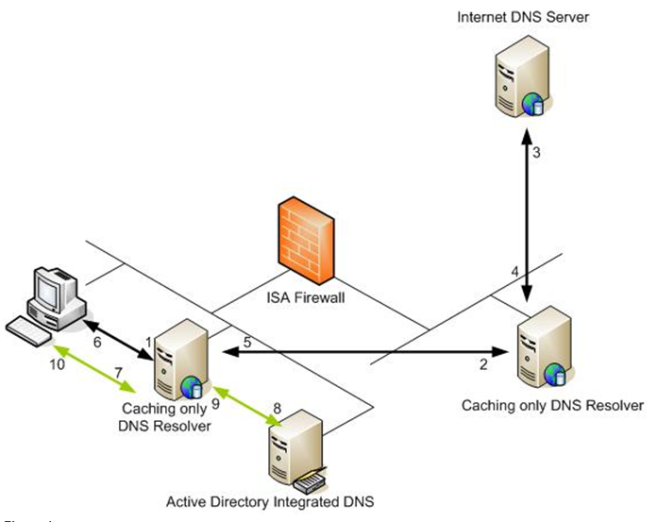 All papers examples
All papers examples
Disciplines

- MLA
- APA
- Master's
- Undergraduate
- High School
- PhD
- Harvard
- Biology
- Art
- Drama
- Movies
- Theatre
- Painting
- Music
- Architecture
- Dance
- Design
- History
- American History
- Asian History
- Literature
- Antique Literature
- American Literature
- Asian Literature
- Classic English Literature
- World Literature
- Creative Writing
- English
- Linguistics
- Law
- Criminal Justice
- Legal Issues
- Ethics
- Philosophy
- Religion
- Theology
- Anthropology
- Archaeology
- Economics
- Tourism
- Political Science
- World Affairs
- Psychology
- Sociology
- African-American Studies
- East European Studies
- Latin-American Studies
- Native-American Studies
- West European Studies
- Family and Consumer Science
- Social Issues
- Women and Gender Studies
- Social Work
- Natural Sciences
- Anatomy
- Zoology
- Ecology
- Chemistry
- Pharmacology
- Earth science
- Geography
- Geology
- Astronomy
- Physics
- Agriculture
- Agricultural Studies
- Computer Science
- Internet
- IT Management
- Web Design
- Mathematics
- Business
- Accounting
- Finance
- Investments
- Logistics
- Trade
- Management
- Marketing
- Engineering and Technology
- Engineering
- Technology
- Aeronautics
- Aviation
- Medicine and Health
- Alternative Medicine
- Healthcare
- Nursing
- Nutrition
- Communications and Media
- Advertising
- Communication Strategies
- Journalism
- Public Relations
- Education
- Educational Theories
- Pedagogy
- Teacher's Career
- Statistics
- Chicago/Turabian
- Nature
- Company Analysis
- Sport
- Paintings
- E-commerce
- Holocaust
- Education Theories
- Fashion
- Shakespeare
- Canadian Studies
- Science
- Food Safety
- Relation of Global Warming and Extreme Weather Condition
Paper Types

- Movie Review
- Essay
- Admission Essay
- Annotated Bibliography
- Application Essay
- Article Critique
- Article Review
- Article Writing
- Assessment
- Book Review
- Business Plan
- Business Proposal
- Capstone Project
- Case Study
- Coursework
- Cover Letter
- Creative Essay
- Dissertation
- Dissertation - Abstract
- Dissertation - Conclusion
- Dissertation - Discussion
- Dissertation - Hypothesis
- Dissertation - Introduction
- Dissertation - Literature
- Dissertation - Methodology
- Dissertation - Results
- GCSE Coursework
- Grant Proposal
- Admission Essay
- Annotated Bibliography
- Application Essay
- Article
- Article Critique
- Article Review
- Article Writing
- Assessment
- Book Review
- Business Plan
- Business Proposal
- Capstone Project
- Case Study
- Coursework
- Cover Letter
- Creative Essay
- Dissertation
- Dissertation - Abstract
- Dissertation - Conclusion
- Dissertation - Discussion
- Dissertation - Hypothesis
- Dissertation - Introduction
- Dissertation - Literature
- Dissertation - Methodology
- Dissertation - Results
- Essay
- GCSE Coursework
- Grant Proposal
- Interview
- Lab Report
- Literature Review
- Marketing Plan
- Math Problem
- Movie Analysis
- Movie Review
- Multiple Choice Quiz
- Online Quiz
- Outline
- Personal Statement
- Poem
- Power Point Presentation
- Power Point Presentation With Speaker Notes
- Questionnaire
- Quiz
- Reaction Paper
- Research Paper
- Research Proposal
- Resume
- Speech
- Statistics problem
- SWOT analysis
- Term Paper
- Thesis Paper
- Accounting
- Advertising
- Aeronautics
- African-American Studies
- Agricultural Studies
- Agriculture
- Alternative Medicine
- American History
- American Literature
- Anatomy
- Anthropology
- Antique Literature
- APA
- Archaeology
- Architecture
- Art
- Asian History
- Asian Literature
- Astronomy
- Aviation
- Biology
- Business
- Canadian Studies
- Chemistry
- Chicago/Turabian
- Classic English Literature
- Communication Strategies
- Communications and Media
- Company Analysis
- Computer Science
- Creative Writing
- Criminal Justice
- Dance
- Design
- Drama
- E-commerce
- Earth science
- East European Studies
- Ecology
- Economics
- Education
- Education Theories
- Educational Theories
- Engineering
- Engineering and Technology
- English
- Ethics
- Family and Consumer Science
- Fashion
- Finance
- Food Safety
- Geography
- Geology
- Harvard
- Healthcare
- High School
- History
- Holocaust
- Internet
- Investments
- IT Management
- Journalism
- Latin-American Studies
- Law
- Legal Issues
- Linguistics
- Literature
- Logistics
- Management
- Marketing
- Master's
- Mathematics
- Medicine and Health
- MLA
- Movies
- Music
- Native-American Studies
- Natural Sciences
- Nature
- Nursing
- Nutrition
- Painting
- Paintings
- Pedagogy
- Pharmacology
- PhD
- Philosophy
- Physics
- Political Science
- Psychology
- Public Relations
- Relation of Global Warming and Extreme Weather Condition
- Religion
- Science
- Shakespeare
- Social Issues
- Social Work
- Sociology
- Sport
- Statistics
- Teacher's Career
- Technology
- Theatre
- Theology
- Tourism
- Trade
- Undergraduate
- Web Design
- West European Studies
- Women and Gender Studies
- World Affairs
- World Literature
- Zoology
Domain Name System, Essay Example
Hire a Writer for Custom Essay
Use 10% Off Discount: "custom10" in 1 Click 👇
You are free to use it as an inspiration or a source for your own work.

Introduction
Domain Name System (DNS) relates to an “industry suite of protocols that incorporate TCP/IP” (Microsoft TechNet). You implement DNS by the use of two key software components (i) DNS Server and (ii) DNS Client. These may be considered as background service applications. In the Context of TCP/IP DNS consists of both the TCP/IP model [split into four distinct layers – Application layer, Transport Layer, Internet Layer and Network Office Layer]. The Protocol suite is split into TCP and UDP which embraces network considerations like that of Ethernet, Token Ring, Frame Relay and ATM. Fig 1 refers.

Figure 1: DNS in TCP/IP
The DNS may really be considered as a database of host information. The distributed database has an indexing system by domain names which are essentially a hierarchical tree structure. You will observe in Fig 2 that it has a large node at the top of the structure and this is called the root directory. The “depth of the tree is limited to 127 levels” (Paul Albitz). This hierarchical structure has a strong resemblance to that of the UNIX operating system file structure.
The development of DNS from an historical perspective was to support the tremendous growth of E-Mail and the internet. “Alphabetic host names were introduced on the ARPANET” (Postel). Arpanet increased the concept of using alphabetic names and as such increased the ease of addressing; as opposed to previous useless numeric references. It was in the 1980’s where recognition was made to the disadvantages of centralized management and large dynamic amounts of data. This triggered a re-examination into how e-mail was handled. Hence domain names were created in order to provide each individual with a unique name and address and as such provide absolute addressing.

Figure 2 Structure of DNS Name Space
Microsoft’s implementation of DNS
Microsoft made the first significant implementation of DNS on its’ Windows 2000 Operating system. “DNS is a distributed database that contains mappings of DNS domain names to data. It is also a protocol for Transmission Control Protocol/Internet Protocol (TCP/IP) networks, defined by the Requests for Comments (RFCs) that pertain to DNS.” (Microsoft TechNet). Windows users essentially want ‘plug n play’ software and as such “We live in a modern age where many information technology users demand mobility and freedom. Microsoft Windows users in particular expect to be able to plug their notebook computer into a network port and have things “just work.” (Samba). DNS is therefore a system of name servers where the computer stores information on network resources, names to IP mappings and database files. These are stored in a hierarchical structure where the database stores the ISP addresses e.g. “Microsoft.com”, “Stanford.edu” etc.
The Microsoft DNS server was designed with the purpose of handling all DNS needs. In particular replacing the awful WINS server that troubled Microsoft Windows users for so long. The Windows 2000 active DNS server worked in harmony with domain controllers to improve active directory resources. “Microsoft DNS server is a new service in the family of TCP/IP networking services provided by Windows NT Server version 4.0. It enables you to provide and manage DNS services for your private TCP/IP networks and for users who connect to the public Internet.” (Microsoft).
Merits/problems with Microsoft implementation of DNS
Problems
Microsoft experienced a number of problems or issues with the implementation of DNS. One of these related to the fact that the SPF and sender ID are not the same. “They differ in what they validate and what “layer” of the e-mail system they are concerned with. Sender ID is not the latest version of SPF – it is a new and independent experiment” (Mehnle). In 2007 Microsoft stated that they were aware of the problem and had no immediate plans to fix it. Some problems have existed with compatibility issues between the different versions of windows, for example “A problem occurs with our Service Desk personnel that have Windows XP based systems” (Crockett).
Merits
The merits of Microsoft DNS implementation may be briefly summarised as follows:
- The Microsoft DNS server is fully compliant with internet standards;
- Fully compatible with BIND – Berkeley Interface Name Domain;
- Uses the same resource records and zone file structure as other DNS servers;
- Improved levels of integration with Active Directory Replication services;
- Facilitates easy additions of new servers to improve system architecture;

Fig 3 Illustrates a typical DNS internet server.
Works Cited
Crockett, Merton Campbell. Microsoft’s nslookup Implementation Problems. 13 6 2010. 15 9 2010 <http://www.pubbs.net/201006/bind/23649-microsofts-nslookup-implementation-problems.html>.
Mehnle, Julian. SPF vs. Sender ID. 11 6 2007. 15 9 2010 <http://www.openspf.org/SPF_vs_Sender_ID>.
Microsoft. Managing MS DNS Servers. 2010. 15 9 2010 <http://www.microsoft.com/resources/documentation/windowsnt/4/server/reskit/en-us/net/sur_dns.mspx?mfr=true>.
Microsoft TechNet. Introduction to DNS . 2010. 16 9 2010 <http://technet.microsoft.com/en-us/library/cc958978.aspx>.
What Is DNS? 28 3 2003. 16 9 2010 <http://technet.microsoft.com/en-us/library/cc787921(WS.10,printer).aspx>.
Paul Albitz, Cricket Liu. DNS and BIND, 3rd Edition. 1998. 16 9 2009 <http://oreilly.com/catalog/dns3/chapter/ch02.html>.
Postel, J. Domain Name System (DNS) History . 8 2 1982. 16 9 2010 <http://www.livinginternet.com/i/iw_dns_history.htm>.
Samba, John H. The Samba Team. 2010. 16 9 2010 <http://www.samba.org/samba/docs/man/Samba-HOWTO-Collection/index.html>.
Figure 1: DNS in TCP/IP. 1
Figure 2 Structure of DNS Name Space. 1
Figure 3 Internet DNS Server 3

Stuck with your Essay?
Get in touch with one of our experts for instant help!
Tags:

Time is precious
don’t waste it!
writing help!


Plagiarism-free
guarantee

Privacy
guarantee

Secure
checkout

Money back
guarantee

